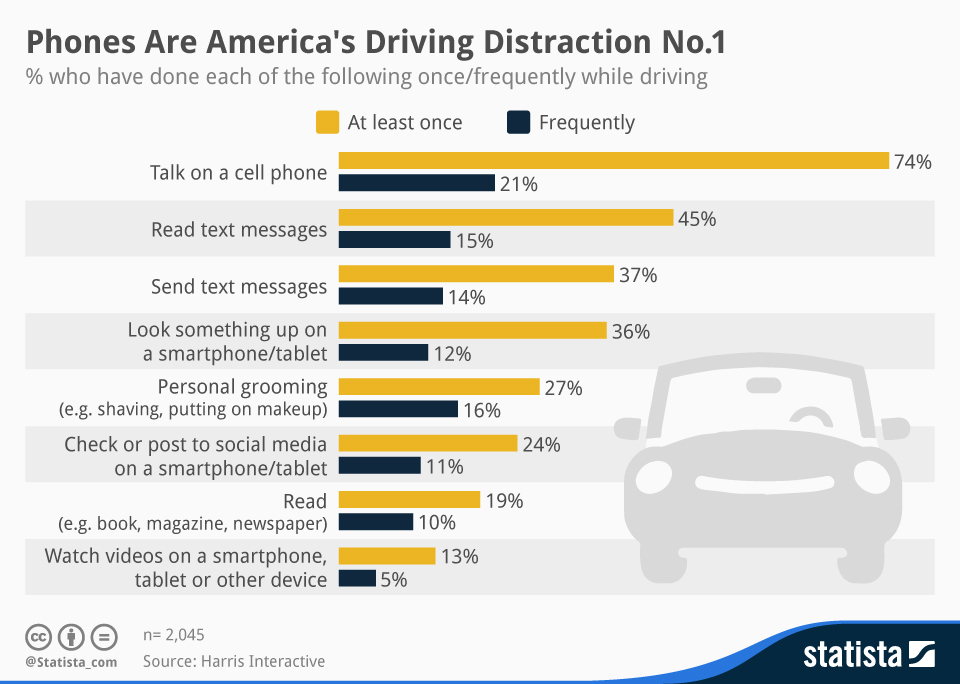The good old phone changed our lives and our environment for good after its invention in the 1870s. Depending on on your perspective, different people can be credited with the invention, however, phones changed how our society functions.

For example, what would have happened during the cold war if the presidents needed to exchange red letters instead of using the red telephone?
Based on a relatively low initial investment, phones may be the electronic gadget with the highest household or personal adoption worldwide. The phone has brought an instant connectivity with family and friends as well as in business. Question can be asked without a face to face meeting or lengthy written exchanges. A real game changer!
Throughout the history of the phone, landline or mobile phones alike, the development of the technology has often led to fierce patent battles, a trend that is true till this day.
Historically phones were electroacoustic devices that were connected by wires, but the mobile phone has changed all that by connecting us through electromagnetic waves instead of copper wires. A tiny difference that seems to make all the difference in the world, and is definitely true for the mobile service providers. Wired phones allow the user to use the line for a certain amount of money which could be a fixed amount or a time based usage fee of some sort. With the mobile phones these fees went up dramatically and led to a new concept of charging for the amount of data transported.
Meanwhile phones have morphed into smartphones and the main use is no longer to call someone, but to text, play games, visit social networks and search the web. Today 2 billion mobile phones (including smartphones) are sold per year, with the forecast still calling for a higher number. Looking for the numbers of landline phones sold is almost impossible as many manufacturers have even stopped making them.
Yes, landline phones are not particularly sexy and usage in the house is being replaced by the omnipotent smartphone as well. At least this is the trend in the households I know, especially in the households with the Millennials I know.
A statistic powered by Statista and based on data from CDC shows that this trend is true not only for my friends and family, but a strong trend in the whole of the USA. For those unfamiliar with the CDC market research firm, CDC stands for Center for Disease Control in the US. Go figure. You can find the complete report on its website. The report also shows more differences in mobile phone adoption based on ethnicity and of course age. There are, however, smaller differences for sex, education and poverty status.
According to this data set, we are not far from the crossover, where landline phone households are less popular than the “mobile phone only” ones. I am sure that Graham Bell would already have a smartphone if he was alive today. Based on this trend line we can expect that by 2025 there will be no more landline phones. RIP.
All good? Well that is a valid question and some of the side effects need to be carefully evaluated.
For example, the USA has the 911 emergency call feature that needs to be implemented by service providers and made available for all customers desiring such service. In other words phone service providers need to make landlines to homes as needed. This rule is under review and may be changed based on the ruling of the FCC. However, the FCC strategic plan for 2015 to 2018 states clearly that, “A change in technology may require us to review and revise our rules, but it does not change the rights of users or the responsibilities of network providers. This civil bond between network providers and users includes consumer protection, competition, universal service, public safety and national security. The FCC must protect and promote this Network Compact”.
So changes may be on the horizon but nobody knows exactly what this will entail. For example, network providers like ATT, Verizon and others are already looking at the future of a copper wire-free phone infrastructure.
On the downside, mobile phones also provide some risks for public safety, for example while driving a car. Statista provides the following statistics based on data from Harris Interactive.

This shows that all the things you are not supposed to do with your smartphone while driving are more or less common activity today. And on closer inspection, activities on the smartphone or tablet beat out other distracting things. More pure mobile households may make this trend even worse.
In addition, so far we are speaking of the phone household, as a landline installation is related to a residence or business. Going completely wireless changes that perspective, as a mobile phone is a personal device and not related to the number of households. This may change some of the market research numbers we are used to looking at. In other words, one landline may be replaced by two or more mobile phones. However, most mobile phone connections may already exist, so the number of additional mobile phone connections may not reflect the number of lost landlines. People are just getting tired of paying for a service that they are not using.
Here is another aspect that may be a selling point for me. Most people I know hate marketing calls that seem to focus on the typical dinner time period (I have no idea how they know when I am eating), but I have yet to receive a marketing call on my mobile phone. – Norbert Hildebrand

